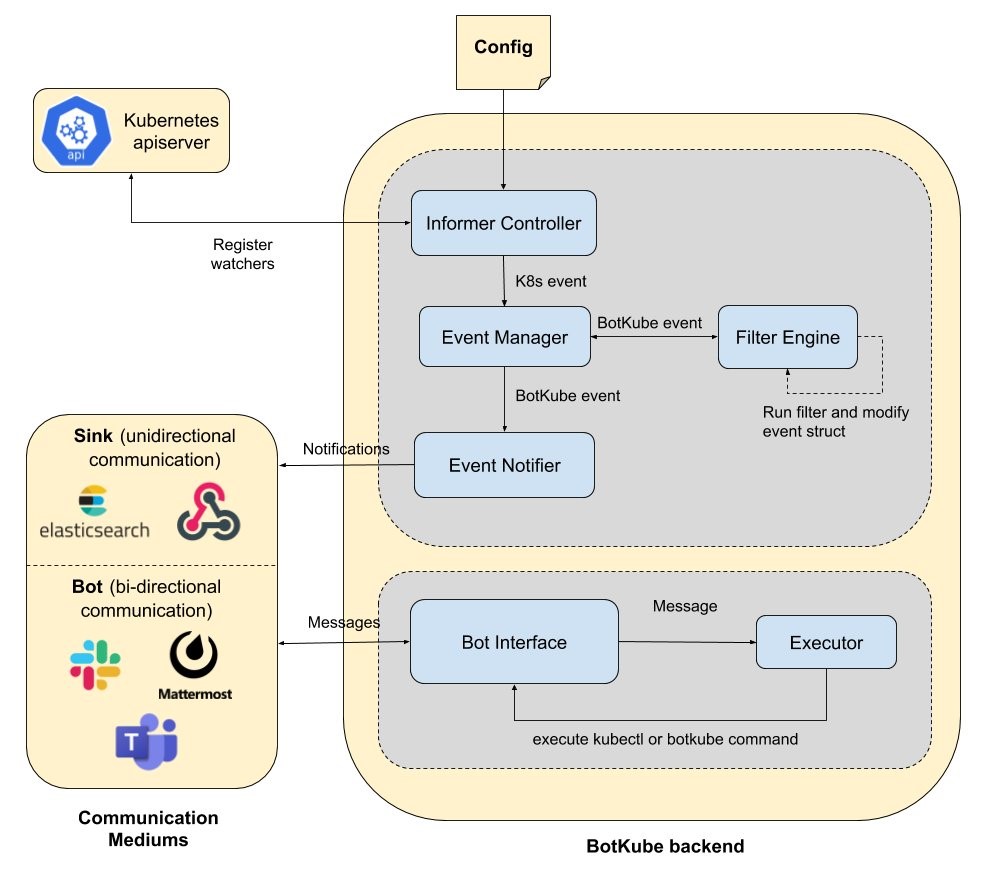Containers
Tag: Amazon Elastic Kubernetes Service (Amazon EKS)
Metrics and traces collection using Amazon EKS add-ons for AWS Distro for OpenTelemetry
Introduction Amazon Elastic Kubernetes Service (Amazon EKS) is a managed service that offloads from its users the onerous task of managing the Kubernetes control plane. It gives users the flexibility to install tools they need to manage their application workloads on the data plane. However, many customers want us to manage some of these tools […]
Amazon EKS now supports Kubernetes 1.22
The Amazon Elastic Kubernetes Service (Amazon EKS) team is pleased to announce support for Kubernetes 1.22. Amazon EKS, Amazon EKS Distro, and Amazon EKS Anywhere can now run Kubernetes version 1.22. The upstream project theme for this release is “Reaching New Peaks.” The theme for the release, according to release lead Savitha Raghunathan, is due to what she […]
Amazon EBS CSI driver is now generally available in Amazon EKS add-ons
Introduction To provide workloads with optional persistent storage, Kubernetes implements volume lifecycle operations and supports various types of storage for use with these operations. Currently, storage provider–specific code is kept in the Kubernetes project source code, which is referred to as in-tree. This code is complex to maintain and release, and is tied to the […]
Managing Pod Scheduling Constraints and Groupless Node Upgrades with Karpenter in Amazon EKS
Overview Karpenter is a high-performance Kubernetes cluster autoscaler that can help you autoscale your groupless nodes by letting you schedule layered constraints using the Provisioner API. Karpenter also makes node upgrades easy through the node expiry TTL value ttlSecondsUntilExpired. This blog post will walk you through all of the steps to make this possible, and […]
Streaming Kubernetes Events in Slack
IT operations teams know that detecting an issue early on can help them avert downtime and cascading failures. Many teams stay on top of infrastructure events by using built-in alert management capabilities in monitoring tools such as Prometheus and Amazon CloudWatch. However, these alert rules are configured centrally in monitoring tools, and engineers often receive […]
Bottlerocket support for NVIDIA GPUs
Today, we are happy to announce that Bottlerocket, a Linux-based, open-source, container-optimized operating system, now supports NVIDIA GPUs for accelerated computing workloads. You can now use NVIDIA-based Amazon Elastic Compute Cloud (EC2) instance types with Bottlerocket to accelerate your machine learning (ML), artificial intelligence (AI), and similar workloads that require GPU compute devices. This release […]
Running critical workloads with Amazon EKS and AWS Fargate at Generali Italia
This blog was co-authored by Matteo Generali, Head of Digital Factory – Generali Italia; Andrea Caligaris, Claims & Health applications development lead – Generali Italia; Lorenzo Micheli, Senior Cloud Infrastructure Architect – AWS Professional Services; and Ettore Trevisiol, Cloud infrastructure Architect – AWS Professional Services. Who is Generali Italia? Generali Italia is one of Europe’s […]
Diving into IAM Roles for Service Accounts
A common challenge architects face when designing a Kubernetes solution on AWS is how to grant containerized workload permissions to access an AWS service or resource. AWS Identity and Access Management (IAM) provides fine-grained access control where you can specify who can access which AWS service or resources, ensuring the principle of least privilege. The challenge […]
Running Windows workloads on a private EKS cluster
Legacy applications in the automotive industry tend to run on Windows. Customers want to scale these workloads on Kubernetes alongside their Linux workloads. The automotive industry has a particularly high standard on security, and an Amazon Elastic Kubernetes Service (Amazon EKS) cluster with private endpoint is applicable to run their workloads. This blog post shows […]
How to route UDP traffic into Kubernetes
Since its release, Amazon Elastic Kubernetes Service (Amazon EKS) has been helping customers to run their applications reliably and at scale. UDP, or User Datagram Protocol, is a low-latency protocol that is ideal for workloads such as real-time streaming, online gaming, and IoT. The Network Load Balancer (NLB) is designed to handle tens of millions […]






